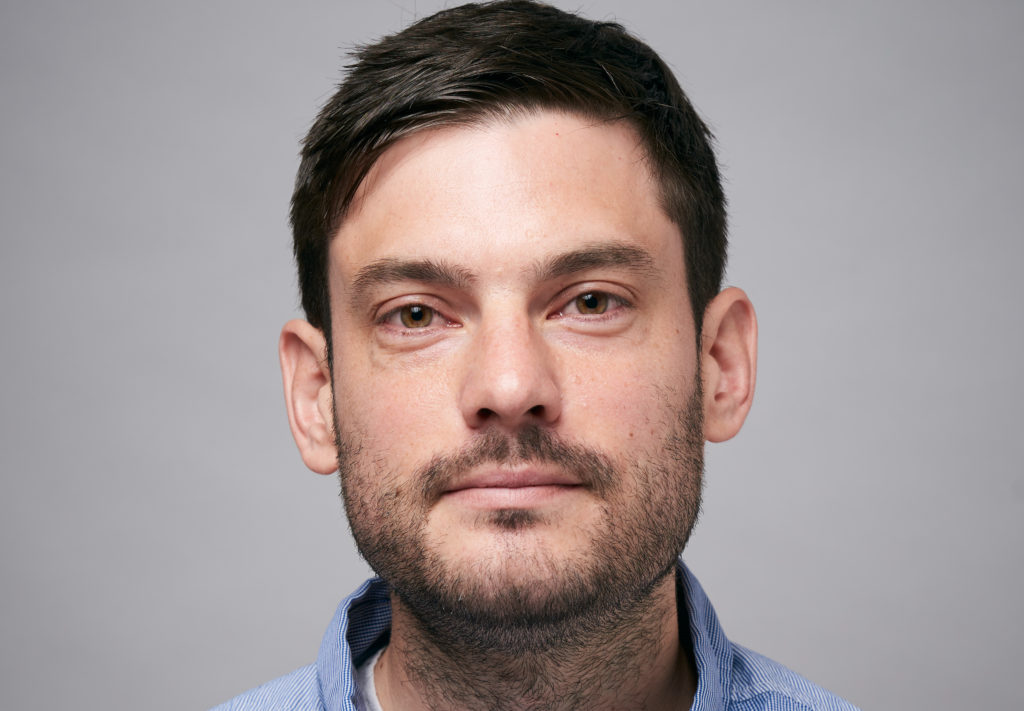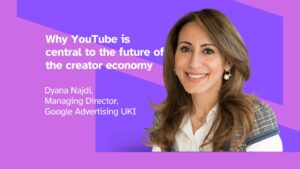By Ben Foster, Managing Director of Digital at The Kite Factory
The coming year is shaping up to be a challenging one for marketers for multiple reasons – from fluctuating consumer confidence and the increasing cost of living to supply chain problems and changes in media consumption.
As pandemic restrictions accelerated the evolution of consumer behaviour, people continue to live more of their lives remotely. This means media plans will have to react and shift away from historical approaches and diversify into digital-centric executions.
However, it’s not as easy as simply redistributing spend between the lines on last year’s media plan. The digital landscape, in particular social media, is also in a state of flux with Facebook showing vulnerability for the first time in most digital planners careers.
Facebook has been an established partner on most media plans for many years, driving consistent performance at scale, and many digital campaigns have become reliant on it to hit overall objectives. However, the whole industry is seeing a considerable drop in performance from Facebook (and Instagram) across all demographics and client sectors.
This is causing digital managers massive headaches as KPIs are missed and there is a lack of tried-and-tested alternatives to reallocate budget.
So why has Facebook performance dropped off so much? Firstly, it has increased the baseline CPMs. Although the platform works on an auction model, there is still a baseline starting bid and these have increased by nearly 100% YoY despite considerable audience testing. If a brand’s media cost doubles and other metrics remain consistent, the performance will halve. The iOS updates hugely impacted Facebook costing it billions of dollars in lost global revenue.
Secondly, Facebook is under-reporting performance due to the recent iOS update. Less data means less robust insights, fewer optimisation capabilities, and fewer personalisation opportunities. Facebook had hoped to circumnavigate the update or implement a simple solution to maintain ways of working, but neither was the case. An immediate impact was the new limit of eight trackable conversion events per domain – particularly difficult for larger multi-faceted businesses that constantly have to prioritise their most important campaigns. Facebook has released its updated Conversion API (CAPI), but it requires significant development resources and legal approval.
And thirdly, Facebook and Instagram are not as dominant as they once were. TikTok is growing exponentially and Reddit is starting to take off – both are taking dwell time and daily active users away from Facebook. Smaller unique audiences and reduced minutes per day will negatively impact response rates. This will only continue as Pinterest and Snapchat react to the TikTok charge to retain and grow their user bases.
TikTok hit a billion global users quicker than any other social platform in history, Reddit represents a sleeping giant, Twitch is becoming increasingly mainstream, and YouTube is still underused compared with its reach. While the user experience of YouTube and Twitch will limit the performance formats, they will develop and both TikTok and Reddit have far greater scope for aggressive product rollouts.
TikTok is already ahead of where Facebook was two years post-launch in terms of data targeting and ad formats, and despite the requirement to stay true to the TikTok positioning, it has the tools to support mid and lower funnel investment.
The way to unlock investment will be to set KPIs that are not based on last-touch conversions; on a linear conversion basis, it is difficult to justify these channels as they play a different role higher up the marketing funnel. We can prove their impact by looking at key engagement metrics that we know have a high propensity to convert later. Modelling the data bottom up, we can create sustainable targets for middle funnel KPIs such as cost-per-data capture or cost per quality site visitor.
So, Facebook’s performance is behind much of the changing social media landscape. But – more broadly – for brand success on Social in 2022, there needs to be a shift away from short-termist siloed media planning to comms planning for the longer term. For the past two years, the pandemic has created additional pressure on businesses, accentuating the pre-existing and dangerous trend of reviewing marketing performance from a linear instant impact perspective, i.e. “I spent X this month. What have I got back?”
This has restricted innovation and reduced the appetite for testing a low risk approach. But optimising in the same platforms, to the same audiences, with the same propositions results in a gradual but consistent decline in response rates. The danger is that organisations won’t recognise and act upon these trends until too late – but the risk of not acting presents a far greater threat in the medium term.












